paint effects
Paint effects and paint finishes describe those techniques used by the specialist decorator and decorative artist to manipulate paint glazes. These paint effects are bespoke designs for specific interiors, created by reference to architectural details, fabrics, light fall and design concept. Paint finishes offer a complete choice of tone, colour, texture and movement for both walls and joinery. The images below illustrate a just a small fraction of the techniques available.
paint effects rollover images
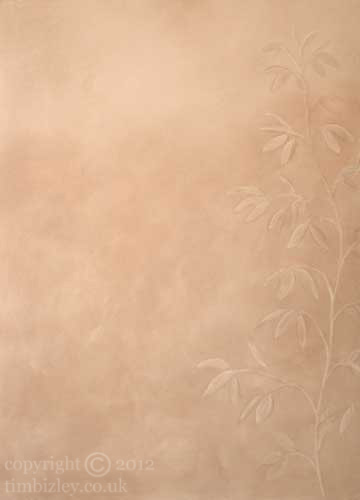
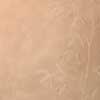
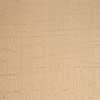
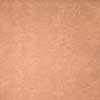
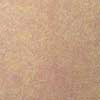
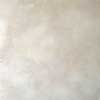
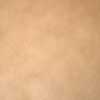
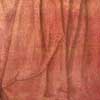
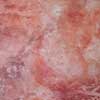

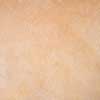
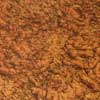
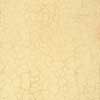
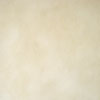
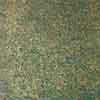
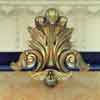
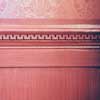
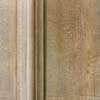
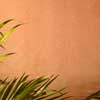
paint effects in use
- Finishes using transparent glazes can be used to introduce strong colours without the sense of heaviness attendant upon using flat opaque paints of a similar chroma.
- Scumbling using transparent or semi-transparent glazes can be subtle and diaphanous, softening unwanted architectural parameters or gently emphasizing them.
- The transparent characteristics of glazes and most scumbles have a receding quality and a quality of depth, and are thus less sudden and solid than flat paint.
- The techniques constitute a self-effacing support for fabrics, architecture, art and the overall design of a room.
- Paint effects almost always incorporate more than one tone of a colour or two or more hues, the base coat colour and the glaze colour, and the decorative artist can help pull together the diverse colours within a design scheme.
methods of the decorative artist
Paints used can be semi-opaque scumbles or transparent tinted glazes. All these methods generally involve the texturing of wet paint surfaces by various means to reveal a harmoniously coloured base paint and are broadly referred to as broken colour work. Many of the procedures have been either adopted, or adapted by the decorative artist from the methods of the fine artist.
In contrast to wall papers and flat emulsion paints, broken colour techniques are live in the respect that they are hand crafted as well as being more responsive to changing lighting conditions because of their semi opaque nature. In practise it is usual to customise a particular effect to support the elements in an overall design scheme, to link colour and texture to fabrics, natural materials, or other decorative elements by reference to samples during the development process.
Often two methods will be used in combination to produce a suitable result. Similarly, it is common practice to overlay one paint effect on a previously laid down and dry finish to build up patterns and variations in tone and colour of great depth and richness. Additional techniques such as distressing and waxing can be applied to a dry or semi dry paint film. The objective is to produce a result whether it be for walls or joinery which is both original and completely congruent with its setting.
Some paint effects are also faux finishes; tortoiseshell, shagreen and old leather are specific examples. Other finishes are faux effects by default when the brief describes for example 'the look of an old Venetian wall'.
Broken colour work can be bold and dynamic or subtle and restrained. Interesting minimalist techniques using impasto textured paint effects and subtle colour wash can maintain clean lines whilst gently lifting walls away from the drab uniformity and dulling effects of plain emulsions. Often these methods are by nature harder wearing and more forgiving of marking and scuffs than the plain painted wall.
Whilst most of theses effects are entirely bespoke and created by the decorative artist to be unique to their settings, there are in general use broken colour techniques which through being entirely customizable in terms of colour, chroma and tone are identifiable by either the texture produced or the method of working. Some of these are for example; colour washing, dragging paint effect, rag-rolling or ragging, and stippling.

